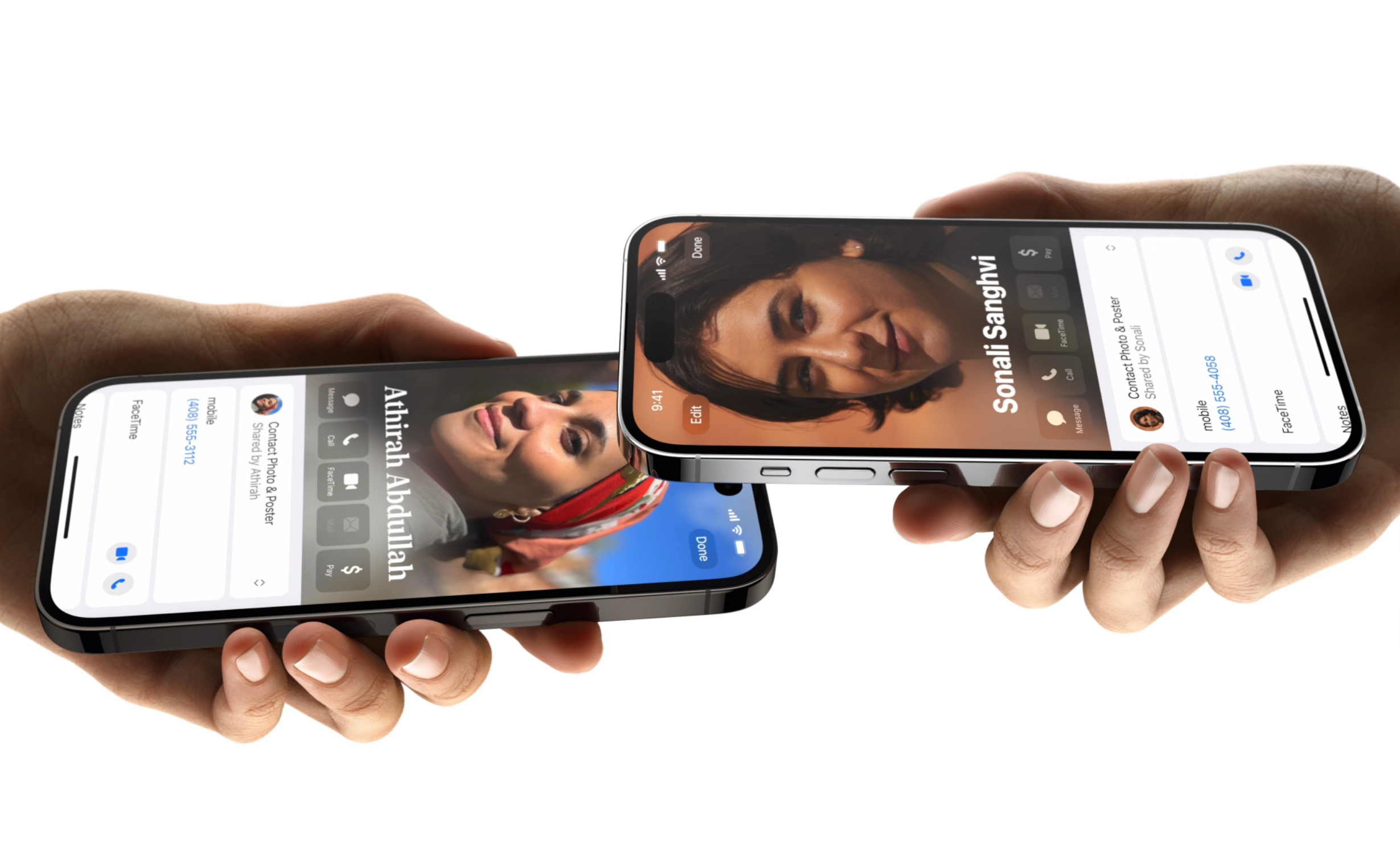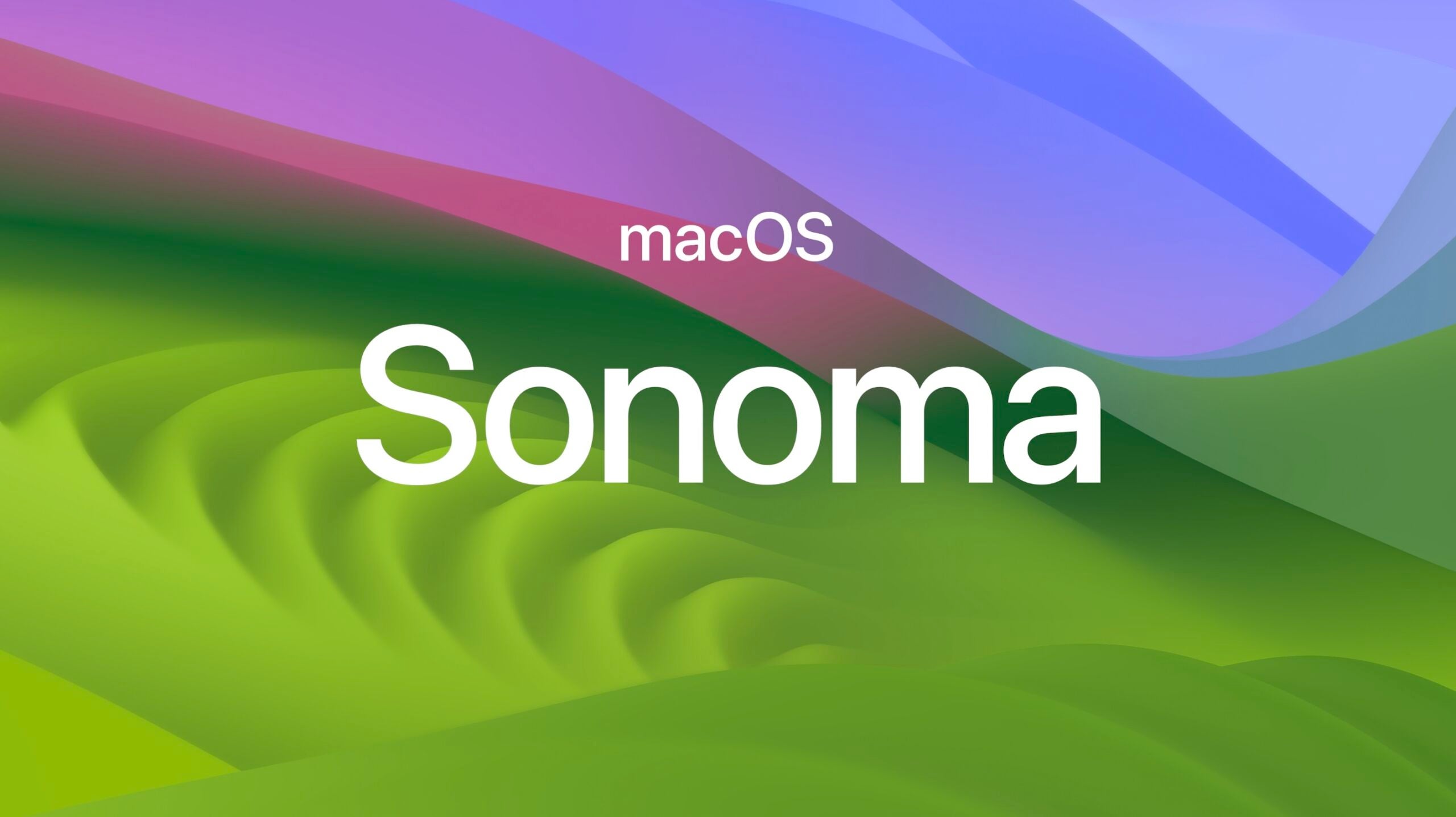Apple Vision Pro vs PlayStation VR 2: Which is best for you?
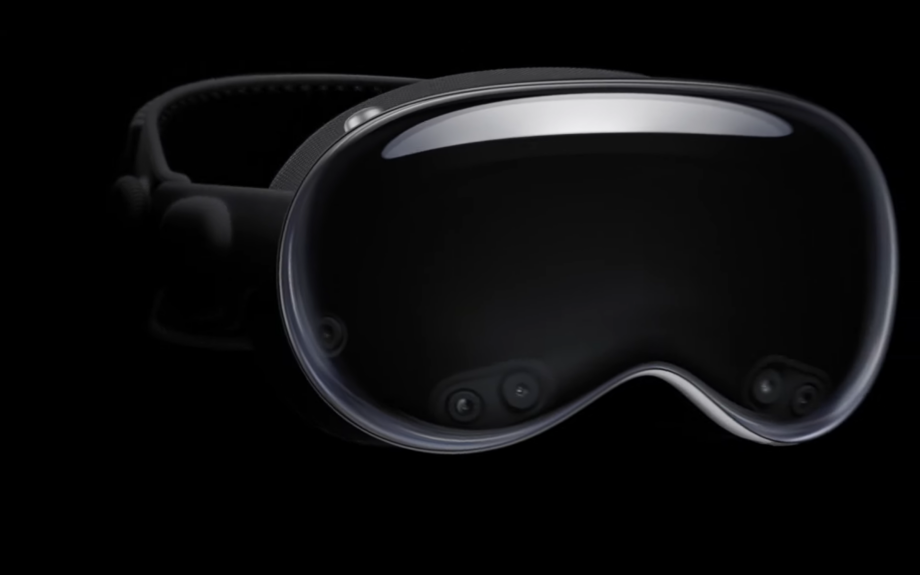
The Apple Vision Pro has been announced, and will become the very first VR/AR headset when it launches in 2024.
But Apple isn’t the only company to launch a new headset, as Sony launched the PlayStation VR 2 earlier this year.
If you’re not sure how these two headsets differ, then you’ll be glad to know that we’ve highlighted the key differences in this guide. So keep on reading to find out how the Apple Vision Pro compares to the PlayStation VR 2.
Apple Vision Pro supports augmented reality
The PlayStation VR 2 is a VR headset, and while it has a black-and-white passthrough, it lacks the capture quality to be able to allow for augmented reality.
This means the front cameras are only really useful for helping you see your surroundings to locate your controllers or prevent you from bumping into a wall. But the sensors on the Apple Vision Pro are detailed enough to allow for augmented reality, which sees virtual creations blend in with your real-world surroundings.
This means the Apple Vision Pro can be considered as a mixed reality headset, capable of both augmented reality and virtual reality. This opens up the number of possibilities with this headset, while the PlayStation VR 2 can only be used for virtual reality experiences.
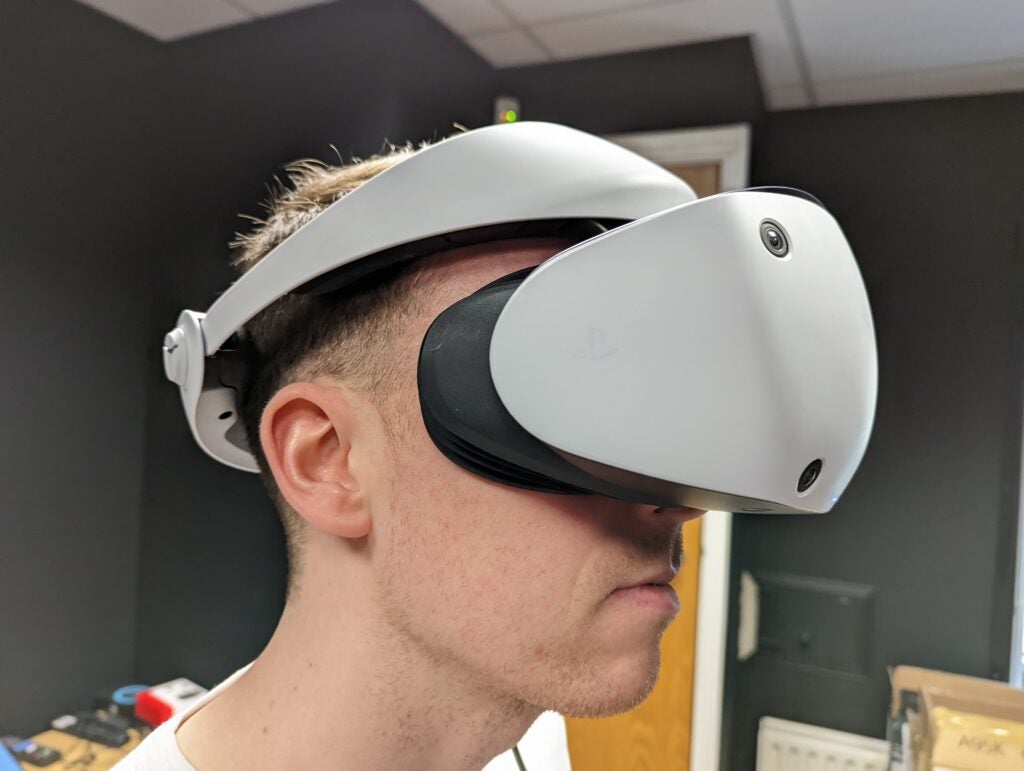
PlayStation VR 2 is designed for gamers
Apple and Sony are targeting very different user bases with the two headsets. The PlayStation VR 2 is mainly used for gaming, as it can access a number of VR games such as Horizon Call of the Mountain, Beat Saber and Resident Evil Village.
When Apple announced the Vision Pro, it hardly mentioned gaming at all. In fact, we’re not even sure if it can run any VR game at all. During the presentation, Apple only demoed the headset using productivity and entertainment apps. The only mention of gaming was via Apple Arcade, and they won’t offer any 3D VR functionality.
It’s clear that Apple is pitching the Vision Pro as a device to replace your laptop, showcasing video conference calls, web browsing and writing up essays. Meanwhile, the PlayStation VR 2 is purely made for gaming.
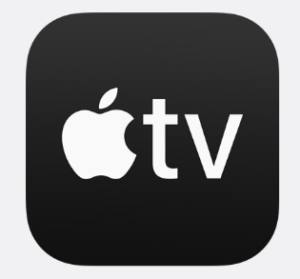
Apple TV+
The Home of Apple Originals. Enjoy star-studded, award-winning series, films, and more. Grab your 7 day free trial now.
- Apple
- 7-day free trial
- £8.99 p/m
Apple Vision Pro is powered by internal chip
Apple revealed that the Vision Pro will be powered by the internal M2 processor, with aid of the new R1 chip to help prevent motion sickness. This means you won’t need any external device, like an iPhone or Mac, in order to power on the headset.
The PlayStation VR 2 lacks any sort of chip, and so needs to be plugged into a PS5 console in order to function. That also means you’ll need to deal with a cable, which can prove to be a trip hazard.
The downside of having an integrated processor is that the Apple Vision Pro can only last up to 2 hours on a single charge. You’ll need to plug it into a power source in order to use it for any longer.
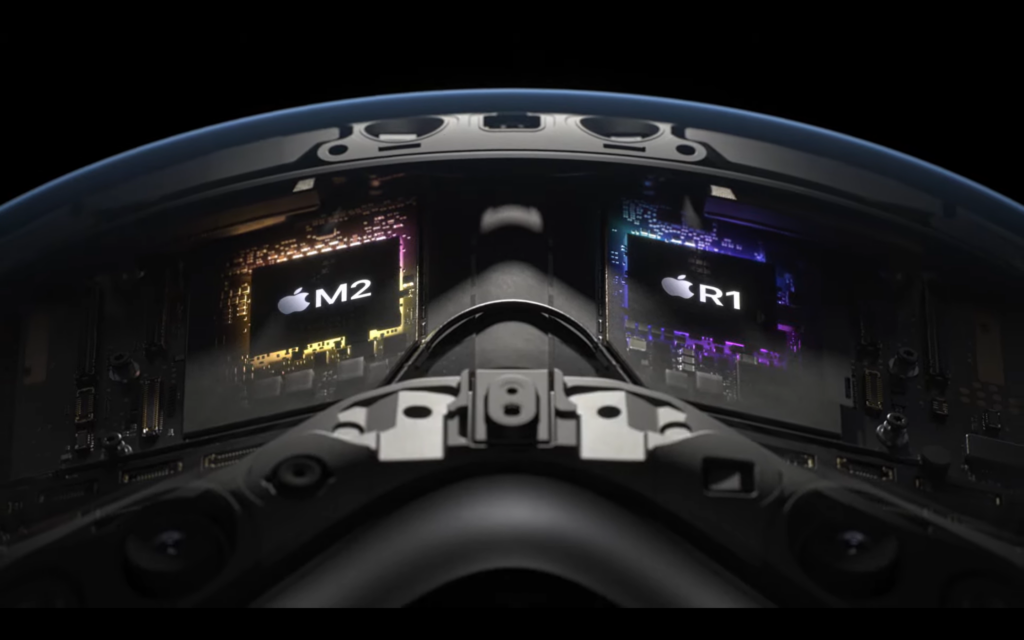
PlayStation VR 2 is a lot cheaper
There’s a huge price gulf between the two headsets. The PlayStation VR 2 is priced at $550, while the Apple Vision Pro will cost you a mighty $3499. That makes the Apple headset a whopping $2949 more expensive.
When you dig into the specs, that’s not too surprising. The Vision Pro has a smaller design, superior passthrough, microOLED display and two integrated processors. It’s also running on a far more complex and versatile operating system, allowing you to access a larger app library.
At such a high price, it looks like Apple is trying to appeal to the prosumer market rather than the average person. Meanwhile, with such a low price compared to other VR/AR headsets, Sony is trying to appeal to as many people as possible with the PSVR 2.



